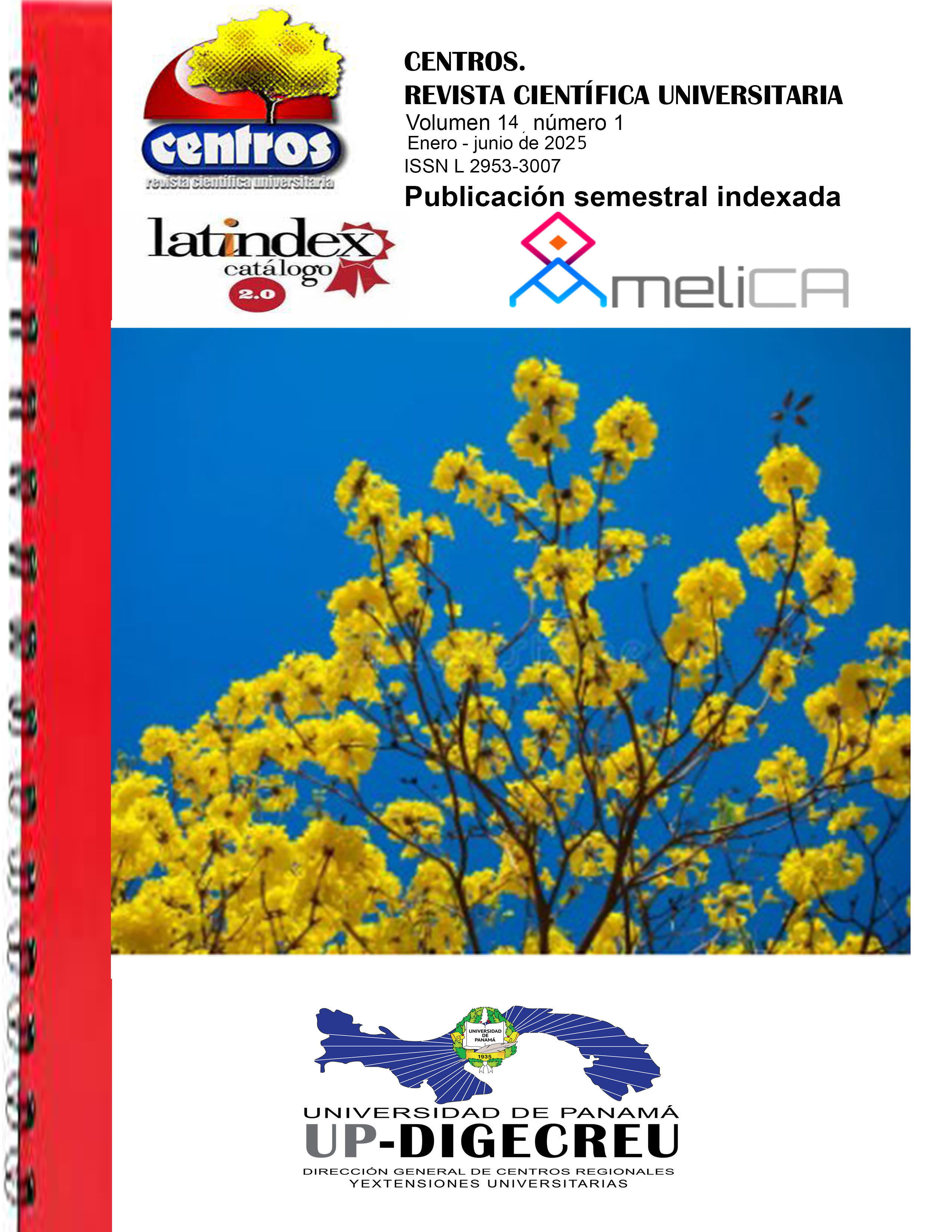

Copyright (c) 2024 Centros: Revista Científica Universitaria

This work is licensed under a Creative Commons Attribution-NonCommercial-ShareAlike 4.0 International License.
Stingless bees or native bees are species belonging to the Meliponini tribe that live in tropical and subtropical areas of America, being more diverse and numerous in South America. They build their nests in diverse types of substrates, at least in Panama they are not found. have conducted studies related to the nesting substrates of these bees and that is why the objective of this study was to recognize stingless bees and their nesting substrates in two sites with anthropogenic intervention (pasture area and crop area). This study was conducted in the Community of Gandona, province of Colón, in the period corresponding to August 2022 to May 2023, to demonstrate the presence of stingless bee nests, sampling (collections) was carried out and subsequently the bees were identified with keys. specialized. As a result of this study, 19 nests of 9 species belonging to 7 genera of stingless bees were reported. In the pasture area the following species were found: Tetragonisca angustula, Scaptotrigona pectoralis, Nannotrigona perilampoides, Trigona ferricauda and Plebia argyrea and for the crop area: Tetragonisca angustula, Tetragona perangulata, Trigona fulviventris and Trigona corvina. In addition, 4 types of substrates were found in which they built their nests, these were trees, termite mounds, concrete and earth. Stingless bees are indicators of the quality of the environment and if the plant environment is degraded, the population of these insects will be affected and consequently crop production.